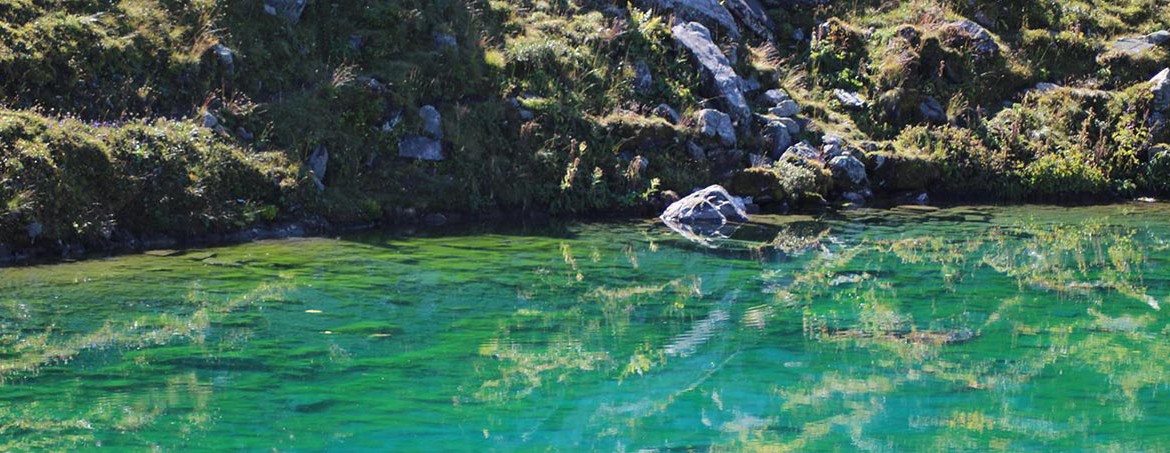

At the close of the 11th century, Artaud, the bishop of the Maurienne, handed over the parish church of La Chambre to the Piemont abbey of Saint-Michel-de-la-Cluse for the creation of a Benedictine monastry.
The church, dedicated to the Assumption of the Virgin was established as a collegial church in 1514 by the Pope Léon X on the request of Louis de Seyssel, comte de la Chambre. It was therefore also dedicated to Saint-Marcel.
This edifice has managed to keep its remarkable portal in sculpted alabaster dating from the Roman period which was put back into use during the restorations in 1688. Listed historical monument which is dated by comparison to the 13th century.
An archivolt with three large arches which are supported by four series of small double columns support the column heads displaying vegetation and anthropomorphic motifs.
On both sides of the door a historiated column head is framed by a further two that show a mixture of leaves and frowning monsters.
On the left, the main scene is accentuated by a combat between an angel and the devil and the murder of Abel by his brother Caïn.
On the right under the two double arcatures, three biblical scenes are shown : Zachée, Jesus’s arrival in Jerusalem for Palm Sunday and an Annunciation.
The Cordeliers move in to la Chambre during the 14th century with the approval of Amédée de Savoie-Achaïe, bishop of Maurienne and his brother-in-law Jean II of La Chambre, viscount of Maurienne.
The Pope Urbain V confirmes the establishment of this Franciscan community in 1367 who also ran a hospital and centre for lepers. Their church was used for funeral services for the Chambre and Rubaud families. The flamboyant, gothic façades date from the 14th century and the portal column heads have certain similarities with those conserved in a chapel in the parish church.
The cloisters and the chapter house have been divided up and turned into a farm after the Revolution which had a lasting effect on the edifice.